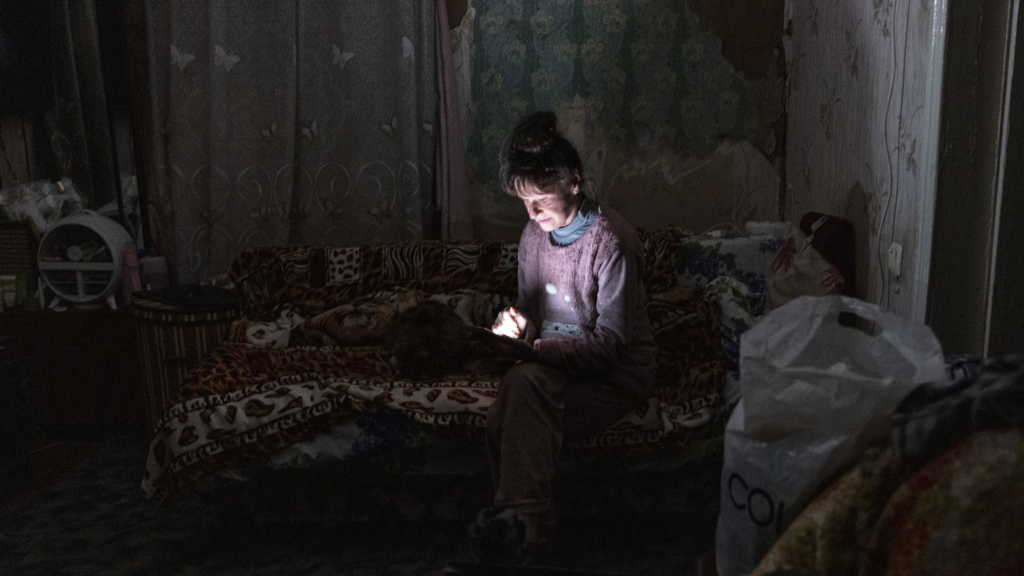Is knowing how to shape the ball both ways beneficial?
GOLF.com
Welcome to Play Smart, a regular GOLF.com game-improvement column that will help you become a smarter, better golfer.
When you watch the pros competing each week, you’ll notice they seem to have total control of their golf balls. Be it a high shot or a low shot, a draw or a fade, they have the shot in the bag. It’s one of the many reasons they’re competing for millions and you’re sitting on the couch watching them.
Lots of recreational players only know how to work the ball in only one direction. And for most of them, that direction is a fade — or, more likely, a slice. There’s nothing wrong with playing the shot shape you’re comfortable with, but knowing how to move the ball both ways is extremely beneficial.
In the video below, GOLF Teacher to Watch Addison Craig explains why.
Why hitting draws and fades is beneficial
There’s nothing wrong with sticking to a preferred shot shape. But sometimes you’ll approach a shot and need to know how to work the ball in the opposite direction of your stock shape.
“Realistically, you’re one-dimensional if you only hit a draw or a fade,” Craig says.
One obvious spot where having the ability to work the ball comes off the tee. If you approach a tee shot and there’s trouble on one side or the other, you’d be wise to choose a shot shape that moves away from the trouble.
For example, if there’s a water hazard or a bunker on the right side of the fairway, you don’t want to hit a fade (for a right-hander) off the tee. Instead, you should try to draw the ball so it’s working away from the trouble.
Another example of a spot where having different shot shapes comes in handy is when you do find trouble. Let’s say you hit a shot into the woods and need to get safely back in the fairway. While a stock, safe recovery shot is always good, being able to draw or fade the ball out of the junk can give you a better position in the short stuff.
“You can get to a point where you lay up another 50 yards closer to the green,” Craig says.
One last example of a spot where working the ball both ways is a boon: when trying to access a tucked pin. If the hole is cut in a back-left spot, with a bunker guarding short, hitting a stock fade won’t allow you to get the ball close for a good birdie look. But if you can draw the ball into the green instead, it’ll be much easier to stick it close.
“You’re getting more usage out of that green versus just trying to go right at a tucked pin,” Craig says.
Having enough command of your ball to move it in both directions is not the easiest thing to master, but once you can do it reliably, you’ll be able to attack courses in entirely new ways.

